Depachika: A Little Slice of Food Heaven
Department stores in Japan are an experience all their own. Depaato, (or depāto, emphasis on the a), as they are called, are unlike the department stores you might think of back home. Beginning at each store’s door, where impeccably coiffed and uniformed women open the doors and greet customers with a deep synchronous bow, to the distinctive packaging of the bags you’ll take when you leave, the Japanese department store experience is elegant and timeless.
Most famously, each department store has an underground level devoted to food, known colloquially as the depachika. Originally put underground for easy access for train and subway commuters, depachika are filled with vendors selling everything from bento lunch boxes to cute cakes, and it’s a great way to sample the many tastes of Japan on the cheap. Here are a few of the best things to try.
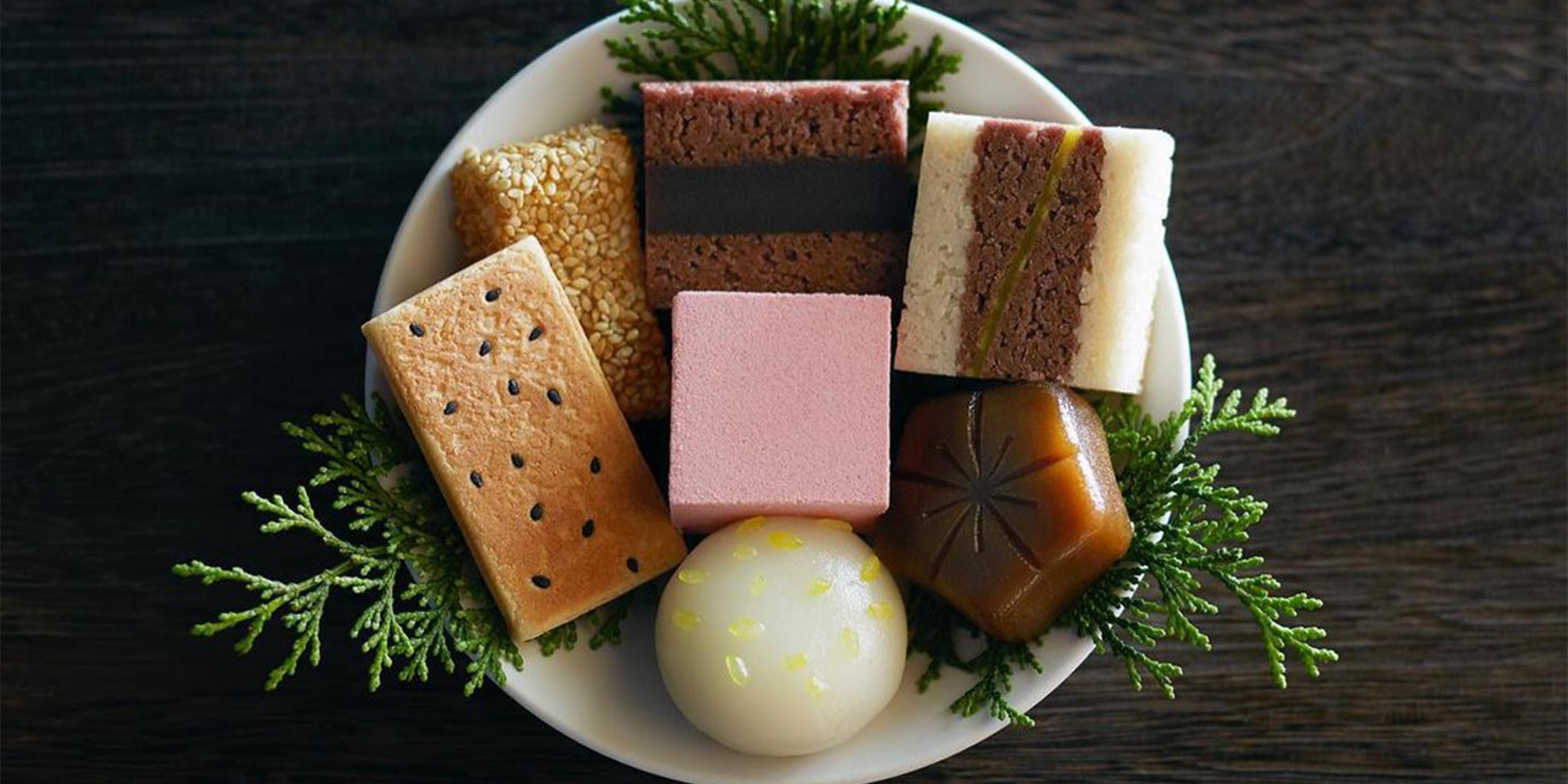
Traditional Japanese Sweets
Asian-style desserts are a whole different universe than the cakes and ice cream that might first come to mind. The most internationally-known is mochi, pounded rice flour turned into cakes, which are then eaten as-is, or filled with red bean paste, or grilled, dipped in sauce (the list goes on!), but there are plenty of other options, too. Elegant wagashi (tiny treats made from sweet red bean and/or rice flour that are eaten at tea ceremonies), delicate and beautiful higashi sugar candies, jellies, or baked goods filled with red beans or custard--there’s a lot to try! Some candy shops in Japan have been around for centuries; keep an eye out for Toraya , one of the oldest Japanese sweet shops, which has branches in the majority of department stores in Tokyo.
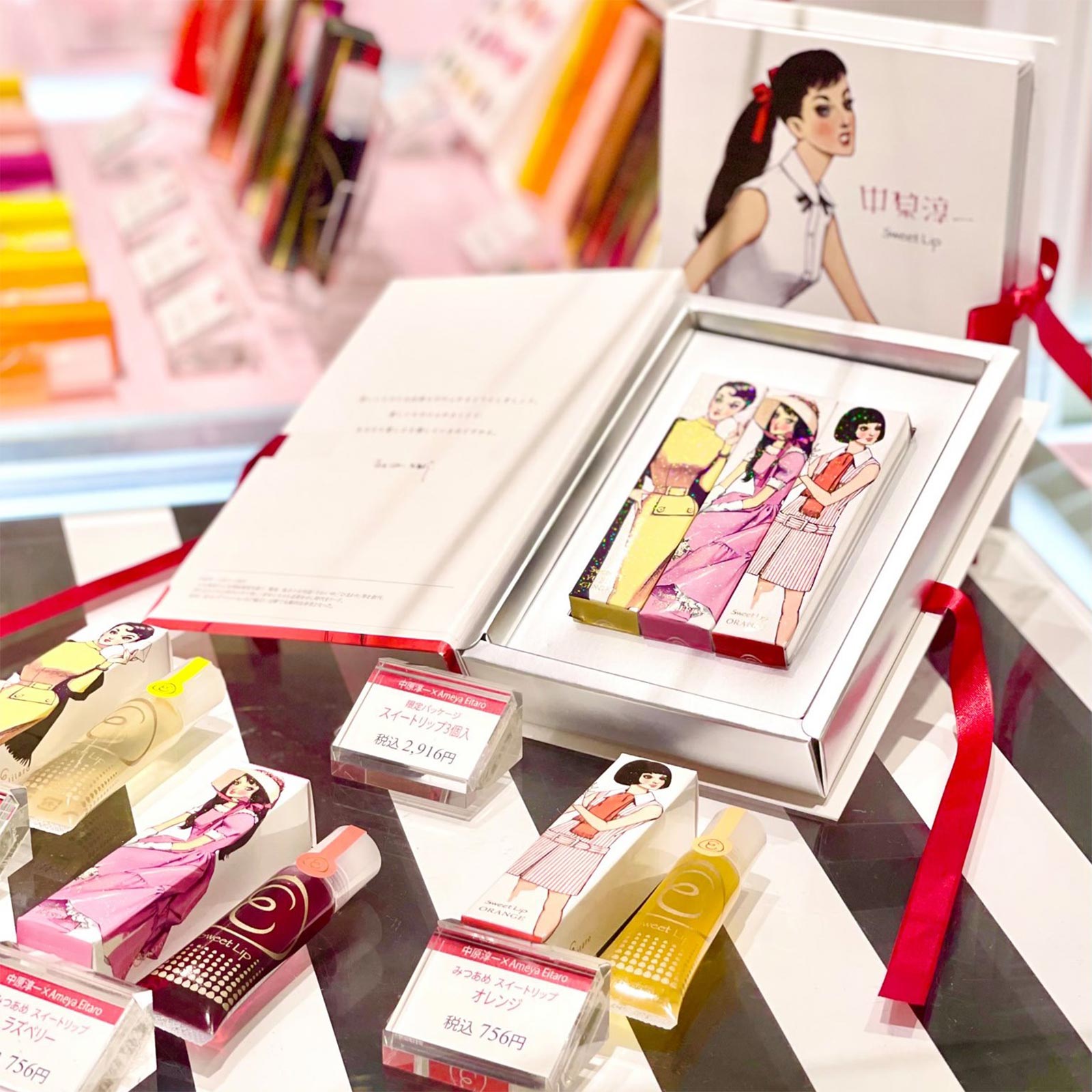
Trendy Items
Naturally, the latest food trends are always changing rapidly, even more so with the advent of social media. You’ll never know what cute, delicious, and of-the-moment foods you’ll find in a department store, from Chinese bao buns shaped like pandas and pigs to “lip gloss” candy at Ameya Eitaro in the Isetan Shinjuku or Ginza Mitsukoshi department stores. As of this writing, the latest food trend to hit the shops is Basque cheesecake, but the types of cakes that are most trendy come and go rapidly.
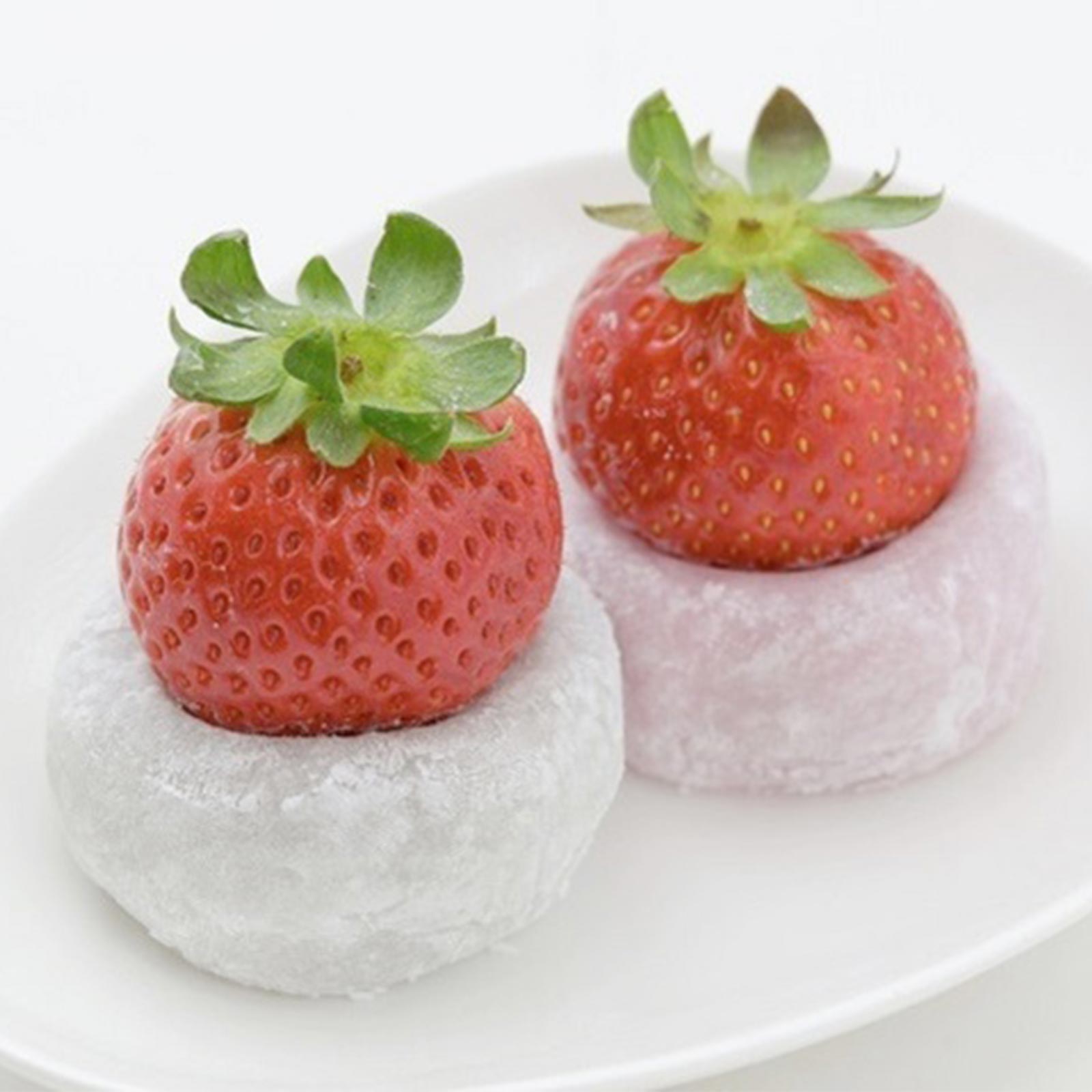
Seasonal Goods
Is there anything better than biting into the first strawberry of spring? Or seeing bright orange pumpkins to herald the start of autumn? In Japan, the coming and going of seasons has long been rhapsodized about in poetry and song, and food culture is no different. No matter what month you’re visiting Japan, you’re sure to find a special treat that doesn’t exist any other time of year. If you wander through a department store basement in fall, you might find candied chestnuts or kabocha pumpkin-flavored cheesecake; in June an array of fresh peach items, or in winter delicious looking snow crabs. Look out for the fresh grape sweets at Kyorakudo in the Ginza Mitsukoshi department store.
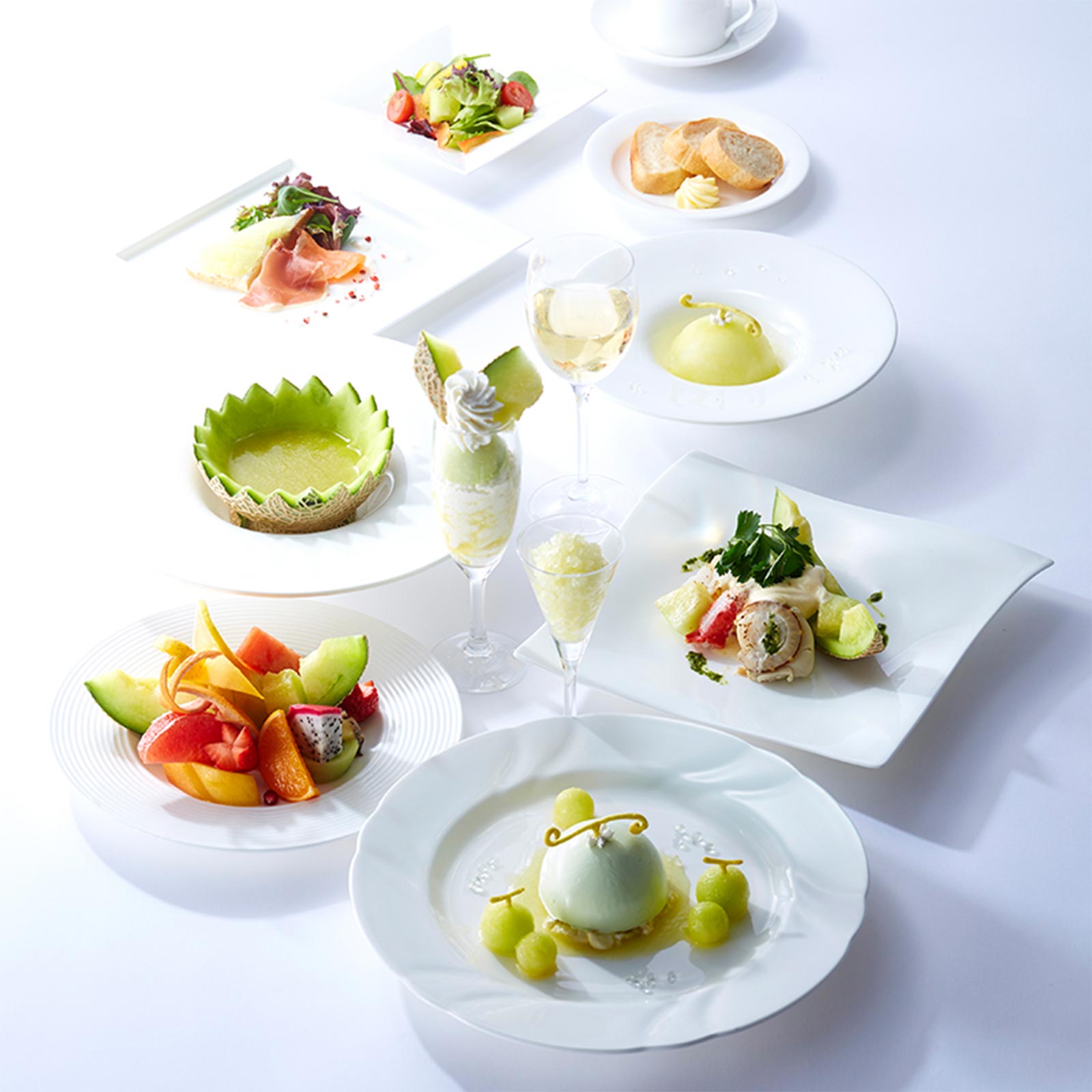
Luxury Fruit
One of Japan’s famous luxury items, the high cost of some Japanese fruit stems from the labor-intensive growing process. Fruit may be grown in climate-controlled greenhouses, or each plant may be cut back to focus entirely on one fruit. Check out the fruit in the basement of the Takashimaya Shinjuku department store, then head up to the 5th floor to treat yourself at the Shinjuku Takano Fruits Parlor for some affordable tasting options and treats.
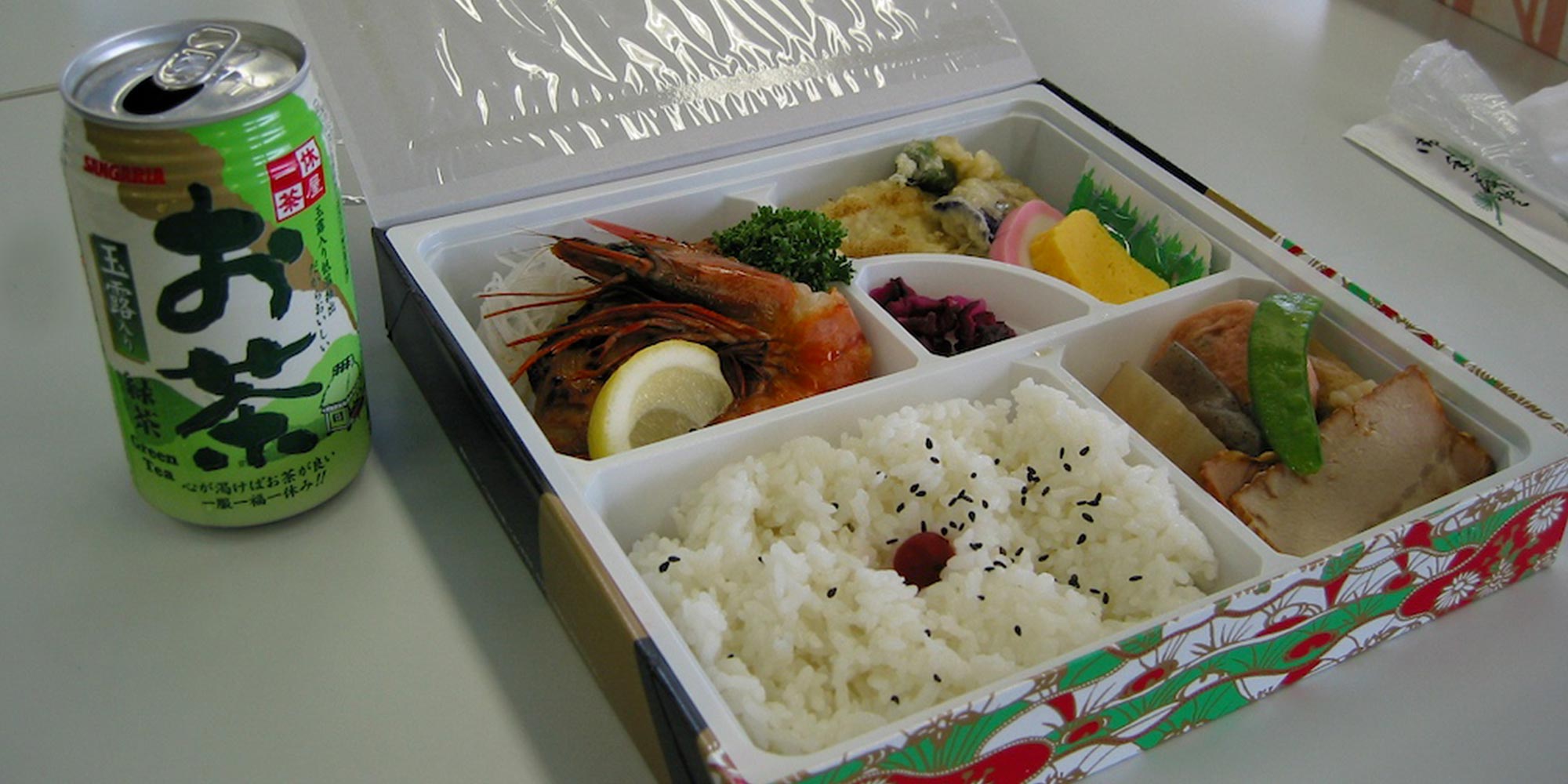
Bento
Another part of Japanese cuisine that you may already be familiar with is the bento box. From fast food heated in a microwave to homemade lunches in adorable containers and elaborate multi-tiered boxes, bento comes in all shapes and sizes. One branch of this tradition is the eki-ben, or the train station bento, purchased from a shop in the station on your way to a long train ride. As many department stores are connected to large stations, any depachika is the perfect opportunity to purchase a high-quality bento. Try any of the wagyu beef bento from Daimaru Tokyo , part of Tokyo Station, if you need lunch for your bullet train trip out of the city.
One thing to keep in mind is that depachika are takeaway only; there are no tables to sit and eat (and eating while on the move is frowned upon in Japan). Instead, exploring all the goodies in department store basements are a great excuse for a picnic. If you’re in Ginza, take your food to Hibiya Park or the rooftop garden at Ginza Six or Ginza Mitsukoshi . If you’re shopping at the various department stores in Shinjuku instead, try Shinjuku Gyoen or Yoyogi Park .
There are so many different kinds of foods to sample in depachika, from high-quality international staples to niche, traditional Japanese foods. To discover all that these markets have to offer, it’s even better to go with a local passionate about food, like those on our team at Oishii Food Tours.
{$section.placeName}
{$section.address}
{$section.addressNotes}
{$section.description}